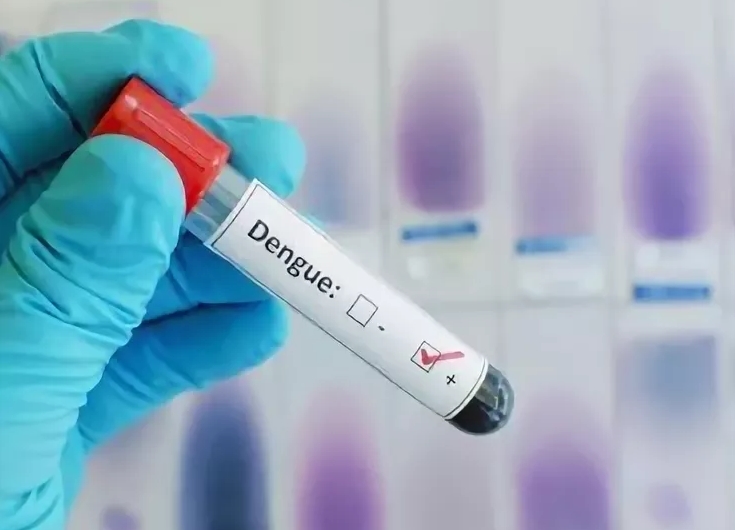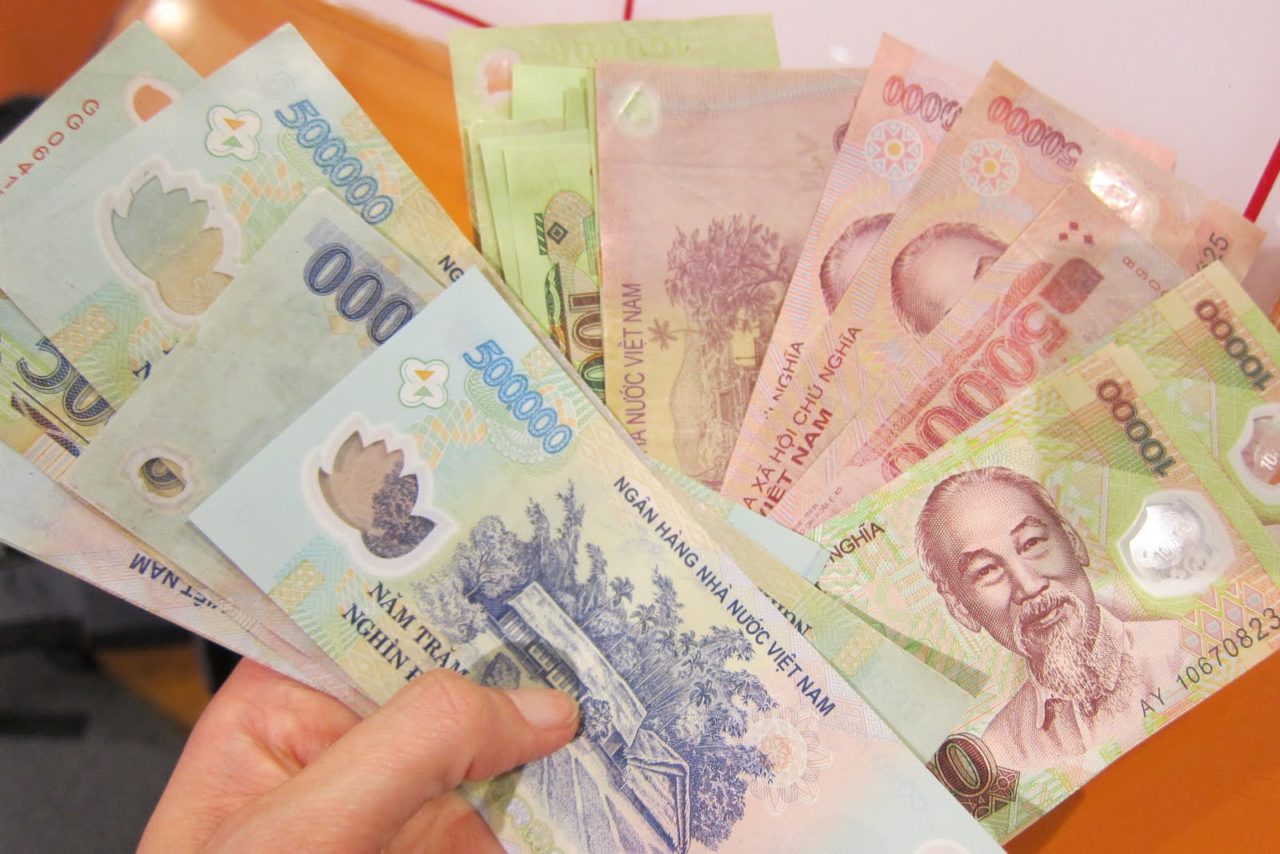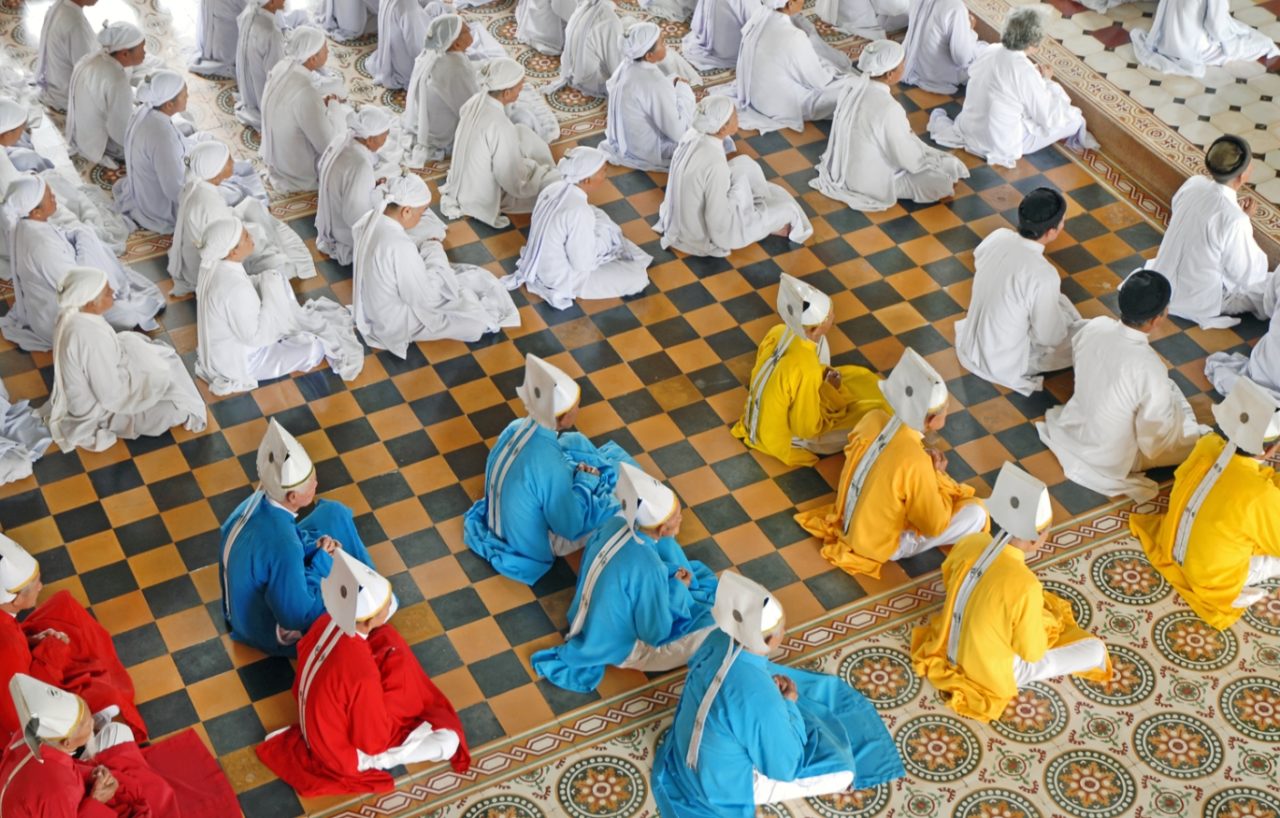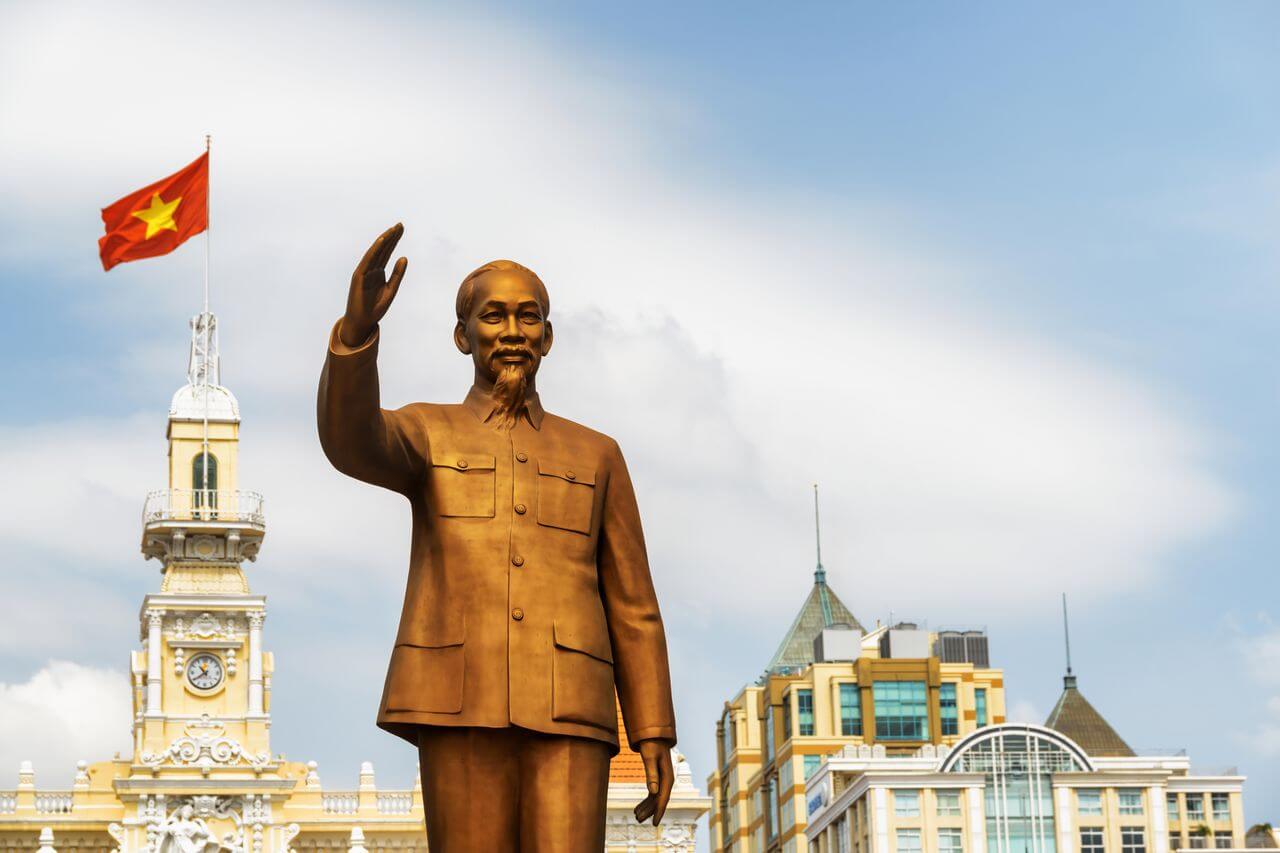Those planning to travel to tropical countries need to know about the most common infectious diseases in these regions. One of the most frequent of these pathologies is dengue fever.
[toc]
About fever
Dengue fever is a transmissible infectious disease that can occur in a classic or hemorrhagic form. Pathology is widespread in the countries of Southeast Asia, including in Vietnam. Also, the disease is found in other regions with a tropical and subtropical climate – Australia, South America, the Mediterranean.
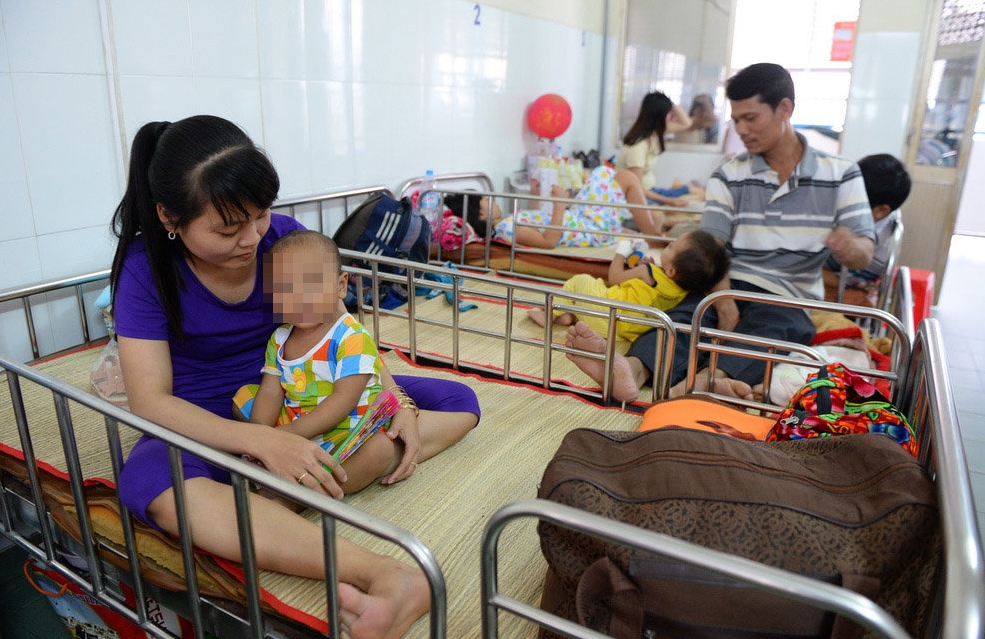
Causes of Dengue Fever
The disease causes the Dengue arbovirus – a pathogen that is transmitted through arthropods, including mosquitoes. There are 4 serotypes of the pathogen, but in recent years they have been talking about a possible fifth form. The form of the infectious process does not depend on the type of virus.
The pathogen is stable in the external environment, it easily tolerates drying and freezing. Viral particles die from exposure to ultraviolet radiation, proteolytic enzymes, at high temperatures.
How is the disease transmitted from person to person
The source of infection is a sick person, as well as bats and monkeys. Virus transmission is carried out by mosquitoes belonging to the genus Aedes.
When a patient bites, the patient’s blood enters the digestive tract of the mosquito. The virus particles in it at a temperature of 22 ° C begin to multiply and gradually penetrate into other parts of the mosquito. The duration of this process is from 8 to 14 days, after which the insect becomes infectious. At higher ambient temperatures, virus multiplication occurs faster.
Mosquitoes live in places near open water sources, such as wells, ponds, etc. They bite more often in the morning and evening hours. A single bite is enough to infect a person, so there is a high probability that the disease will spread widely and epidemics will occur.
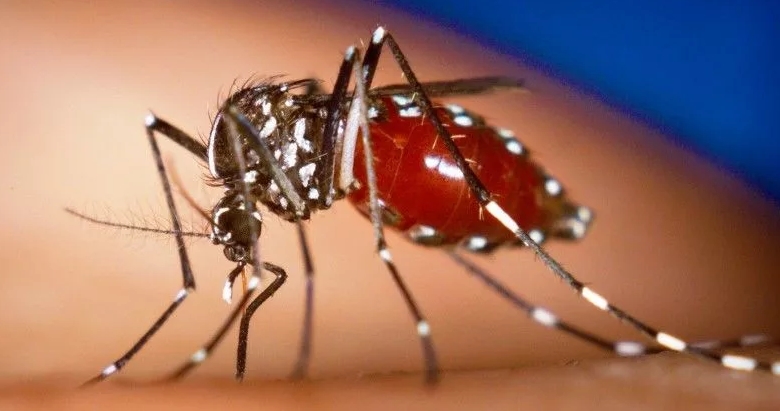
How long does the fever last
In most cases, the incubation period ranges from 3 to 15 days, on average it is 7 days. The fever is undulating with two peaks of rising temperature. Typically, the duration of the disease is 7 days, but in some cases it may increase to 12 days.
Symptoms
After penetration into the human body viral particles enter the cells of the lymph nodes and the endothelium of the vascular bed. The incubation period lasts until the primary replication of the pathogen is completed. After that, it spreads through the human body, penetrating into the cells of internal organs and exerting a damaging effect on them. This leads to the development of intoxication syndrome, the main symptom of which is fever.
Classic shape
This variant of the infectious process occurs most often during the initial infection. It is characterized by the following features:
- fever up to 40 ° C. It usually lasts for 3 days, after which the body temperature quickly normalizes. This period of apyrexia lasts up to 3 days, then the attack of fever recurs;
- severe signs of intoxication – chills, muscle and joint pain, spinal discomfort, which can lead to a change in the patient’s gait;
- lack of appetite;
- neurological symptoms – headaches, dizziness, sleep disturbance;
- conjunctival redness, hyperemia of the pharynx, swelling of the face.
With the classic form of dengue fever, a rash may appear on the body. At first it is localized on the body, gradually spreading to the arms and legs. After 3–7 days, it disappears completely.
Rashes can be petechial in nature, representing a small hemorrhage on the skin. Scarlet-like rash looks like red spots. Urtikarnaya characterized by the presence of small, highly itchy blisters.
Hemorrhagic form
Such a variant of the infectious process often develops in people who have had several times to suffer from dengue fever, who are long-term residents of endemic areas. In this case, the asymptomatic period lasts from 4 to 10 days. After that, manifestations associated with intoxication of the body quickly occur. The patient has a fever, chills, and headaches. Along with this, there are the following symptoms:
- conjunctival redness;
- indigestion in the form of nausea, vomiting;
- inhibition of consciousness, disorientation;
- skin rashes.
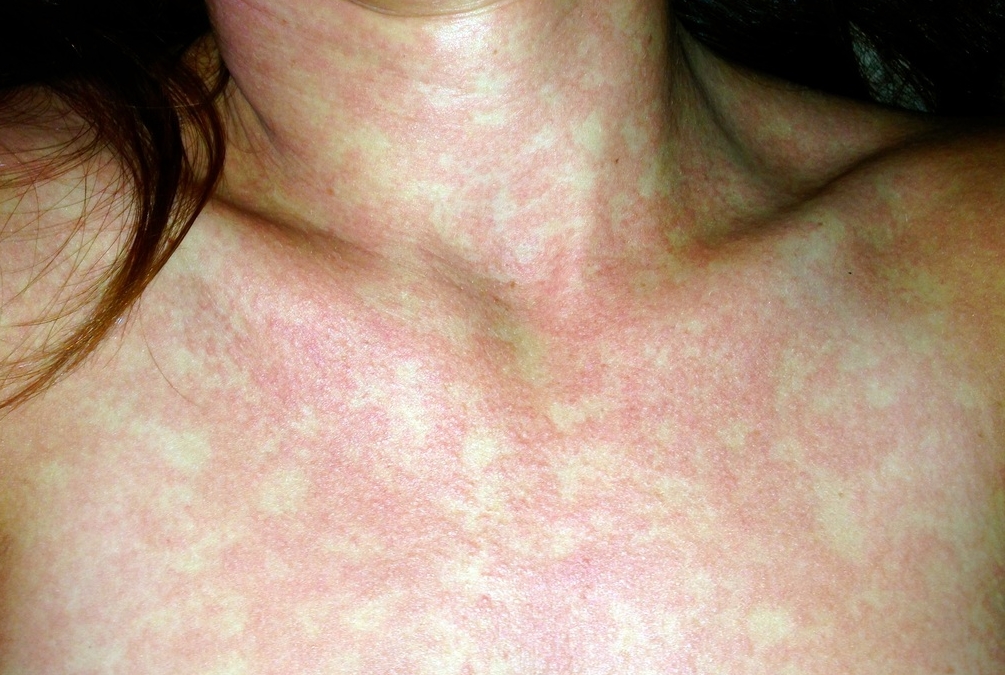
The last symptom usually occurs 3-4 days after the end of the incubation period. The rash is hemorrhagic in nature and can range from a pinpoint to extensive. The defeat of the capillaries leads to the appearance of nosebleeds, hemorrhages in the tissue of the internal organs. For this reason, patients with dengue fever often have blood in their urine, feces, or vomit.
Children’s disease
Children usually have dengue fever with mild-specific symptoms that make diagnosis difficult. At an early age there is a sharp increase in body temperature, pronounced intoxication syndrome. At the same time, a rash appears, nasal breathing becomes difficult, a dry cough occurs. The disease, as in adults, lasts about 7 days.
Diagnostics
If you suspect the presence of dengue fever, the patient should be examined by an infectious diseases doctor. For the diagnosis of the disease, the characteristic clinical picture and a visit to countries with a history of epidemiologically dangerous countries are of most importance. The most revealing signs:
- rash;
- lymph node enlargement and tenderness;
- joint and muscle pain;
- re-development of symptoms after a temporary period of improvement.
In the case of an atypical course of the disease, when there is no period of apyrexia and no rash, the diagnosis may be difficult. Diagnosis of a hemorrhagic form of fever should include conducting a tourniquet test. It consists in the temporary imposition of a bandage on the patient’s upper limb. After five minutes, the harness is removed, and at the site of its imposition new areas of rash appear.
To confirm the diagnosis, laboratory tests are conducted:
- PCR – this method allows you to determine in the patient’s blood the presence of viral particles. This is the most reliable way to diagnose a disease, but at the same time the most expensive;
- serological methods (ELISA, RPHA and others) allow to determine the concentration in the blood of antibodies to viral particles. Such studies can be carried out several times to assess the dynamics of the disease.
In addition, a general blood test is prescribed, which, in the presence of Dengue fever, will show a decrease in the number of leukocytes and platelets. According to the biochemical analysis of blood is determined by the decrease in pH, indicating metabolic acidosis. When liver damage increases the level of ALT and AST.
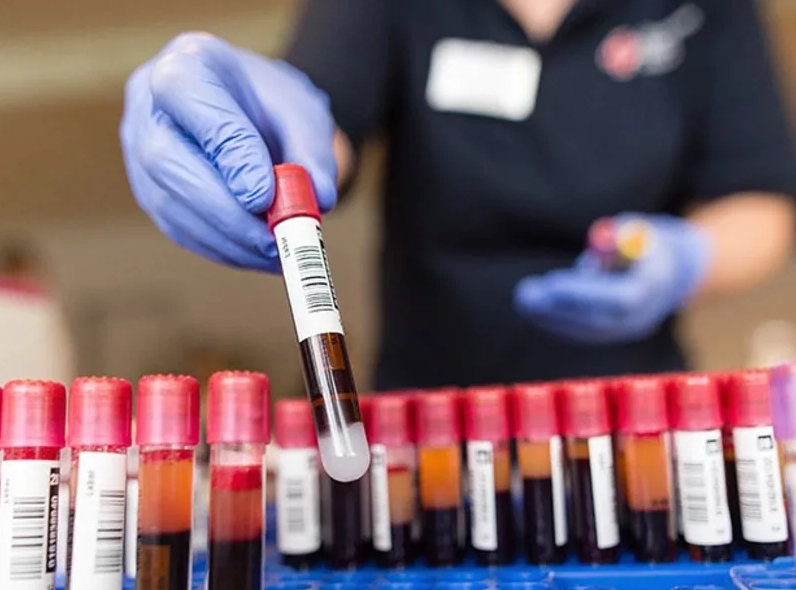
The differential diagnosis is carried out with malaria and viral diseases – influenza, measles, rubella, yellow fever. Hemorrhagic variant should be differentiated from diathesis in children, as well as with other fevers, which are characterized by the presence of bloody eruptions.
Dengue Fever Treatment
Hospitalization in the hospital is shown to all patients who have been diagnosed with this pathology. Drugs to combat the cause of the disease does not exist. Therefore, patients are given therapy aimed at eliminating intoxication and improving the general condition:
- painkillers and anti-inflammatory drugs to relieve muscle and joint pain;
- sedatives, hypnotic drugs for sleep disorders, psycho-emotional arousal, delusions;
- glucocorticosteroids in the case of pronounced intoxication syndrome, strong painful sensations;
- general antibiotics for suspected secondary bacterial infections;
- vitamin therapy to increase body resistance.
An important role in the symptomatic treatment of dengue fever is played by activities aimed at combating dehydration. In mild cases, to improve the condition of the patient is enough frequent abundant drinking. With a significant loss of liquid blood, the occurrence of metabolic acidosis indicated infusion therapy. It consists in the intravenous administration of alkaline solutions, gemodeza, glucose.
If shock develops, a plasma transfusion is indicated to the patient. You can also use special solutions to restore circulating blood volume. Along with this, the patient should receive medicines that improve heart function, and oxygen therapy is necessary. This treatment is carried out in the intensive care unit to stabilize the patient’s condition.
Possible consequences, complications
Bloodborne viral particles easily enter the liver, muscles, bone marrow and nervous system. Due to the destruction of the affected cells, the likelihood of developing many complications is high, for example:
- meningitis, encephalitis, in severe cases – swelling of the brain;
- acute psychosis;
- inflammation of the nerves;
- otitis media;
- with the defeat of glandular tissue – parotitis, orchitis;
- thrombophlebitis;
- infectious toxic shock.
Contraindications and prognosis
Patients with dengue fever are contraindicated in:
- acetylsalicylic acid;
- diclofenac;
- ibuprofen.
These funds worsen platelet adhesion, which increases bleeding. Alternatively, paracetamol may be used.
With timely diagnosis and early treatment, signs of shock are favorable. However, even fatal outcomes are not excluded – during epidemics, mortality can reach 5% among all patients. In the case of a hemorrhagic form of fever, up to 50% of patients die.
People who have had a disease usually develop immunity to one of four possible viral serotypes for two years. For the rest of the subspecies of the pathogen, partial resistance arises for no more than 3 months. Registered cases of re-infection within 3 weeks after treatment, which is associated with the possibility of transfer of several types of pathogens by mosquitoes. At the same time, the presence of antibodies to the virus aggravates the course of the disease, therefore the second disease is often accompanied by the development of complications.
Prevention, vaccination against fever infection
Non-specific prophylaxis of the disease is based on the prevention of contact with carriers of viral particles. To do this, in places of high epidemiological risk, the following measures are taken:
- destroy mosquitoes with chemicals;
- have mosquito nets on the windows;
- use repellents and other mosquito repellent products;
- they isolate patients in rooms where contact with the carrier is impossible until the person is completely cured.
CYD-TDV vaccine is used as a measure of specific prophylaxis, which includes attenuated viral particles of four serotypes. It is allowed to use it from 9 years. According to research data, it has been established that vaccine efficacy ranges from 60 to 80%. Young children, vaccination is contraindicated, as it is believed that it can aggravate the course of the disease.
Dengue fever is a common infectious disease in tropical regions. People who go to Vietnam and other countries of Southeast Asia are advised to take measures aimed at preventing the development of this pathology. Timely vaccination and compliance with non-specific prophylaxis measures will significantly reduce the risk of infection.
Personal experience
Living in Vietnam for more than three years, many of our friends and acquaintances had been ill with Dengue fever. And some even several times. The disease in all proceeds in different ways. Someone after three days spent in bed, returned to the usual way of life, and someone even got to the hospital.
In any case, if you want to feel safe and avoid unforeseen expenses (there were examples of large expenses, up to $ 1000), then it is better to protect yourself in advance by purchasing medical insurance that will cover all costs in case of illness.
The best deals can also be found through the form below:
[sc name = “strahovka-instore”]
Be healthy!
